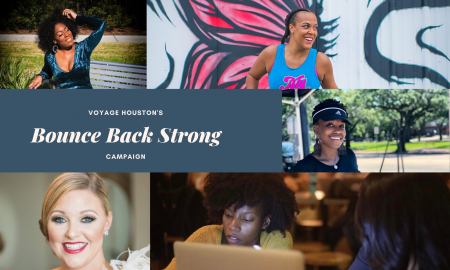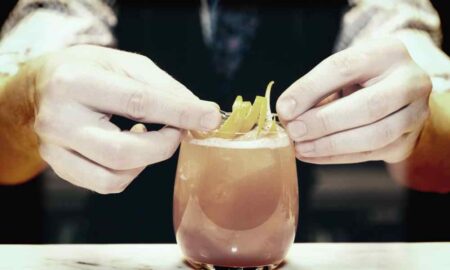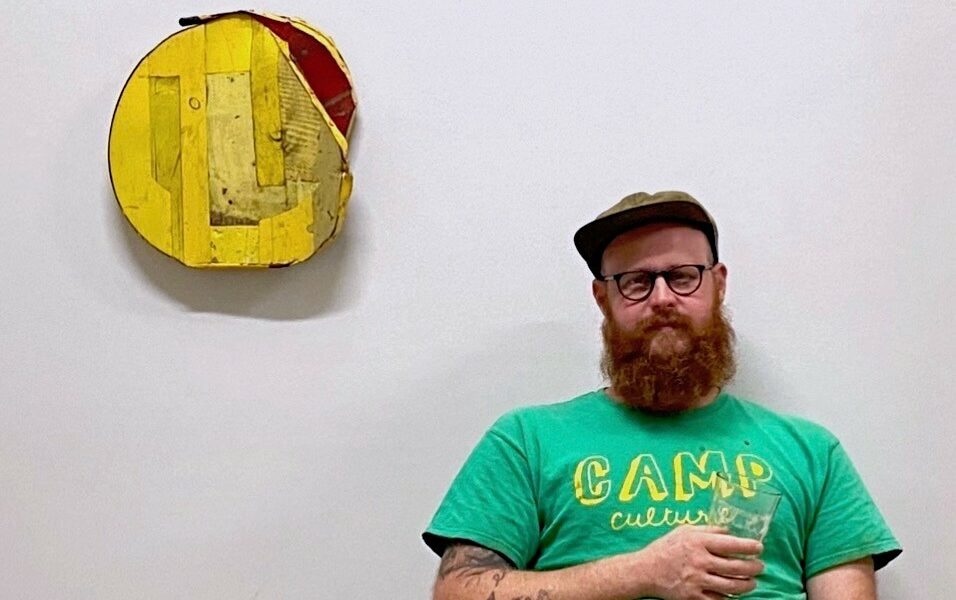

Today we’d like to introduce you to Patrick Renner.
Hi Patrick, so excited to have you on the platform. So before we get into questions about your work-life, maybe you can bring our readers up to speed on your story and how you got to where you are today?
My parents are both creative, so it was a natural thing to follow that path. My mom has a master’s degree in art and one of her paintings in particular captured my imagination as a kid; my dad was an illustrator and art educator until he retired, and it has always been magical to watch a drawing unfold, flowing effortlessly from his hand onto the page. I kinda snapped awake at the end of middle school with a sudden, serious focus on getting into the High School for the Performing and Visual Arts, and managed to pull together a portfolio that got me in. HSPVA was a perfect fit for young awkward me, and I flourished. I enjoyed all the different media and processes I tried there, but it was my junior year that I discovered sculpture…that I was a sculptor. Driving my old 1966 Rambler station wagon through my neighborhood on heavy trash day, I stumbled across a refuse pile that would be a turning point for me: I saw some sage green-painted boards in the stack, and had an epiphany that there was an abundance of architectural refuse available to a teenager without much means, but with a vehicle and an itch to transform trash into treasure. Going on 25 years later, I still stop occasionally to survey a roadside offering (on this writing, I just scored some choice blue- and yellow-painted shiplap last weekend…). My paternal grandfather David “Corky” Renner was a weekend carpenter, and thanks to his interest in teaching me and my cousin the rudiments of woodworking when we were kids, I gradually developed a relationship with this new source of found wood and how I could use it. Over time I have explored the space between painting and sculpture by cobbling together different collaged compositions, building my own visual language. As my comfort with the material grew, so did the scale of my work. Today I enjoy making things ranging from small intimate-sized pieces, up to large environmental installations and public sculpture.
Can you talk to us a bit about the challenges and lessons you’ve learned along the way. Looking back would you say it’s been easy or smooth in retrospect?
My journey as an artist has been a meander, and I’ve encountered a lot of people and interesting situations along the way. I really enjoy collaboration—it’s a pretty crucial part of my art practice —and my experiences have often been good…but not all of them. That said, talking about bad collaborations sounds like a terrible story to read, so instead I’ll delve into something else that challenges me in my practice. My biggest obstacle feels like the impossibility of making all the stuff I’d like to as an artist. There just isn’t time…inevitably, while I’m at work on one thing, multiple other ideas for other things emerge that I’d really like to pursue as well. It happens over and over again, constantly. As a result, I have a pretty decent backlog of sculpture designs at this point, many of which may never come to fruition unfortunately. It doesn’t really matter in the end; I just like making things enough to want to make everything, but of course I can’t because new ideas keep piling up. I guess it’s a good problem to have…
As you know, we’re big fans of you and your work. For our readers who might not be as familiar, what can you tell them about what you do?
I suppose I specialize in taking discarded materials and repurposing them into new art images. Around 2014, I began thinking of my process of remixing refuse as ‘the Frankenstein method’, combining found objects from disparate places to make fresh mashups. At the beginning of “trying to be an artist” I started to get some notice for brightly-colored wood sculptures, and then I got worried I would be pigeon-holed into making only that kind of work, so I entirely quit doing it for a while. During that hiatus I made anything else I wanted to, without the concern of a cohesive body of work, but eventually came back around to the recycled wood schtick. Now I think I have a good balance between the composited wood piece, which are pretty recognizable as my style, and a host of other random approaches to making, which are the yang to that more identifiable thing. I’m proud of some things that have happened in my career, like Funnel Tunnel, which was my first public art piece which debuted in 2013. I’m proud of other ambitious projects that have been made with friends and collaborators over the years, because in spite of their difficulty, it was worth the sometimes-unpleasant process to arrive at the conclusion of those undertakings. I’m excited about some upcoming opportunities (sorry to be cryptic…) and grateful for the chance to do them. I’m proud to be a dad and I have a blast every day with my son, Indian Renner Peacock.
We’d love to hear about how you think about risk taking?
It’s safe to say I’m fairly risk-averse. I’ve never played the game Risk or seen the movie Risky Business. I never play the lottery or gamble. True story: the only time I went to Vegas, on a neon field trip in grad school, I didn’t gamble a penny. I did eat at one of those massive Vegas buffets though. Las Vegas is the neon capital of the world, and it didn’t disappoint. In school I was learning the basics of neon-bending but I accidently broke the only piece I ever made (which was accidentally ironic, because it was a purposely ironic silhouette of an anvil in pink neon). Perhaps if I was more into risk-taking, I would spend my time on more things like that, which have a reasonable probability of breaking. Instead, I make things out of wood and steel that I’m less likely to damage when I unintentionally drop them…
Anyway, risk-taking is probably good, in a safe quantity.
Contact Info:
- Website: patrickrennerarchive.com
- Instagram: @prennerart
- Facebook: /patrick.renner.737
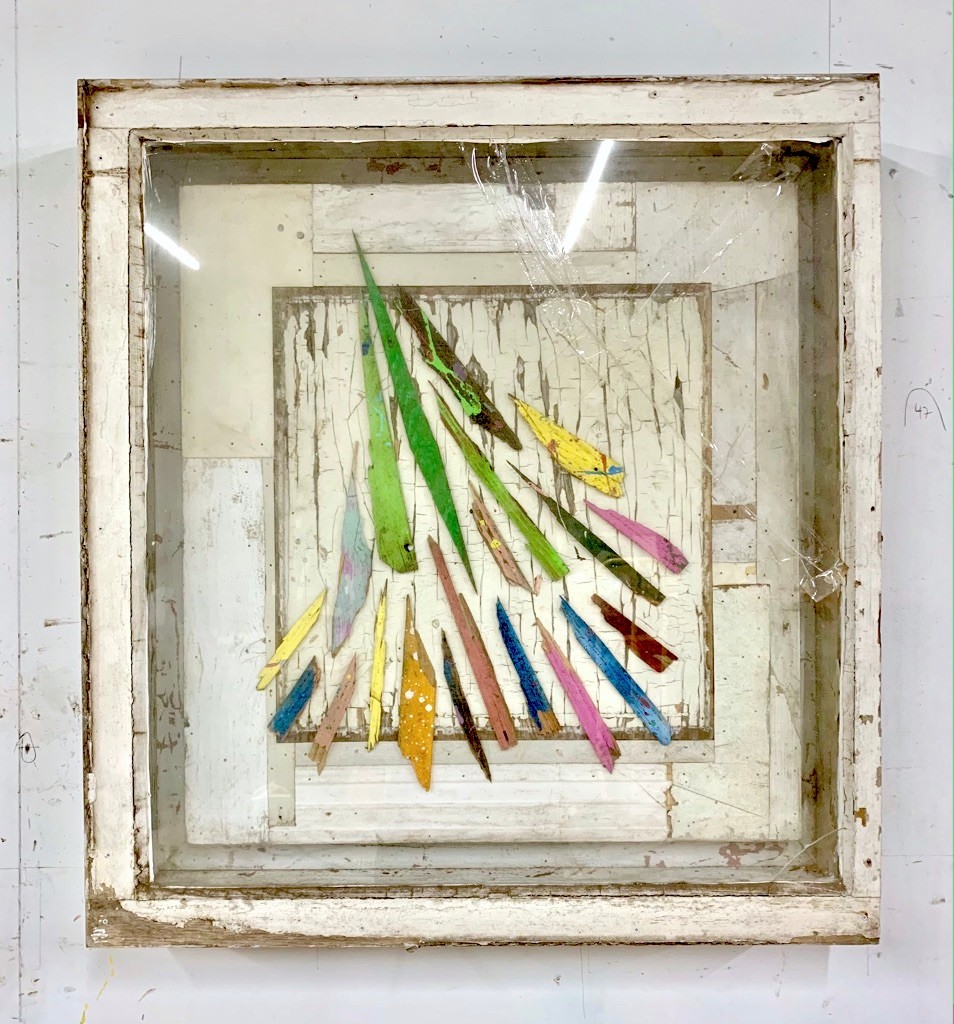
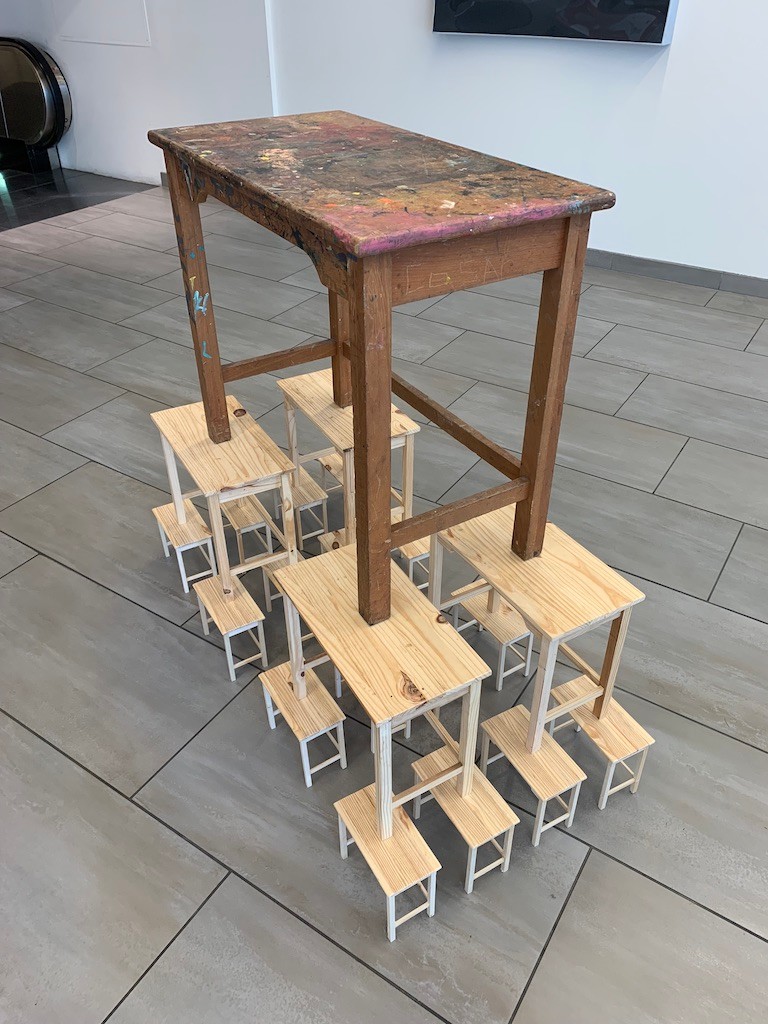
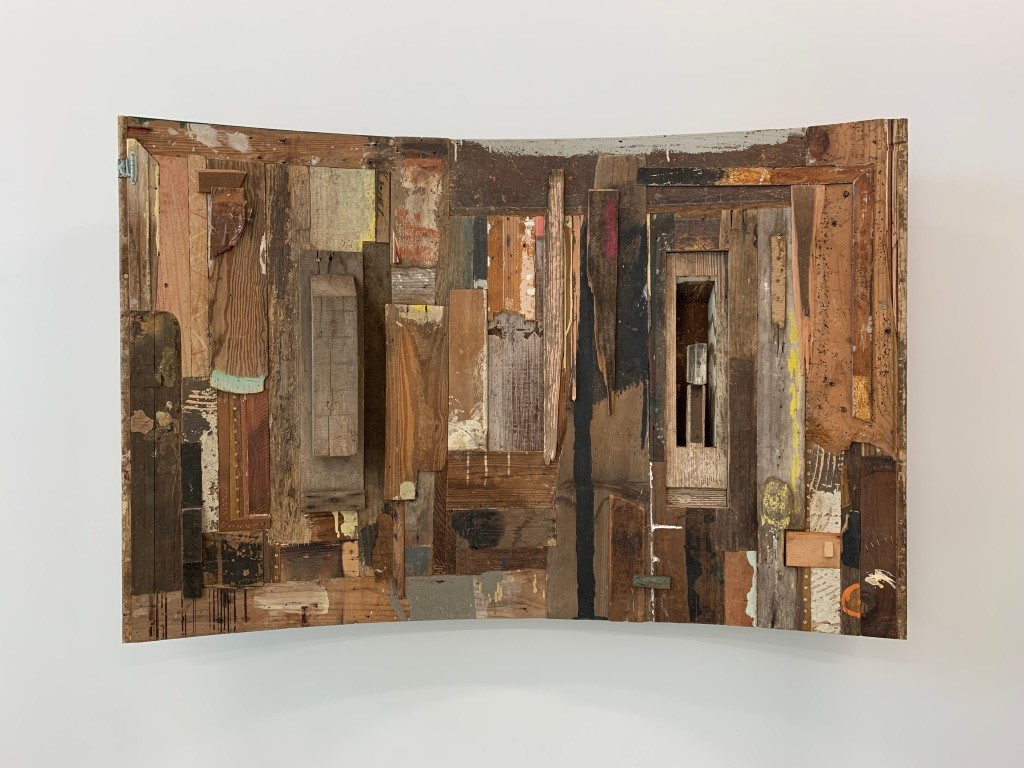
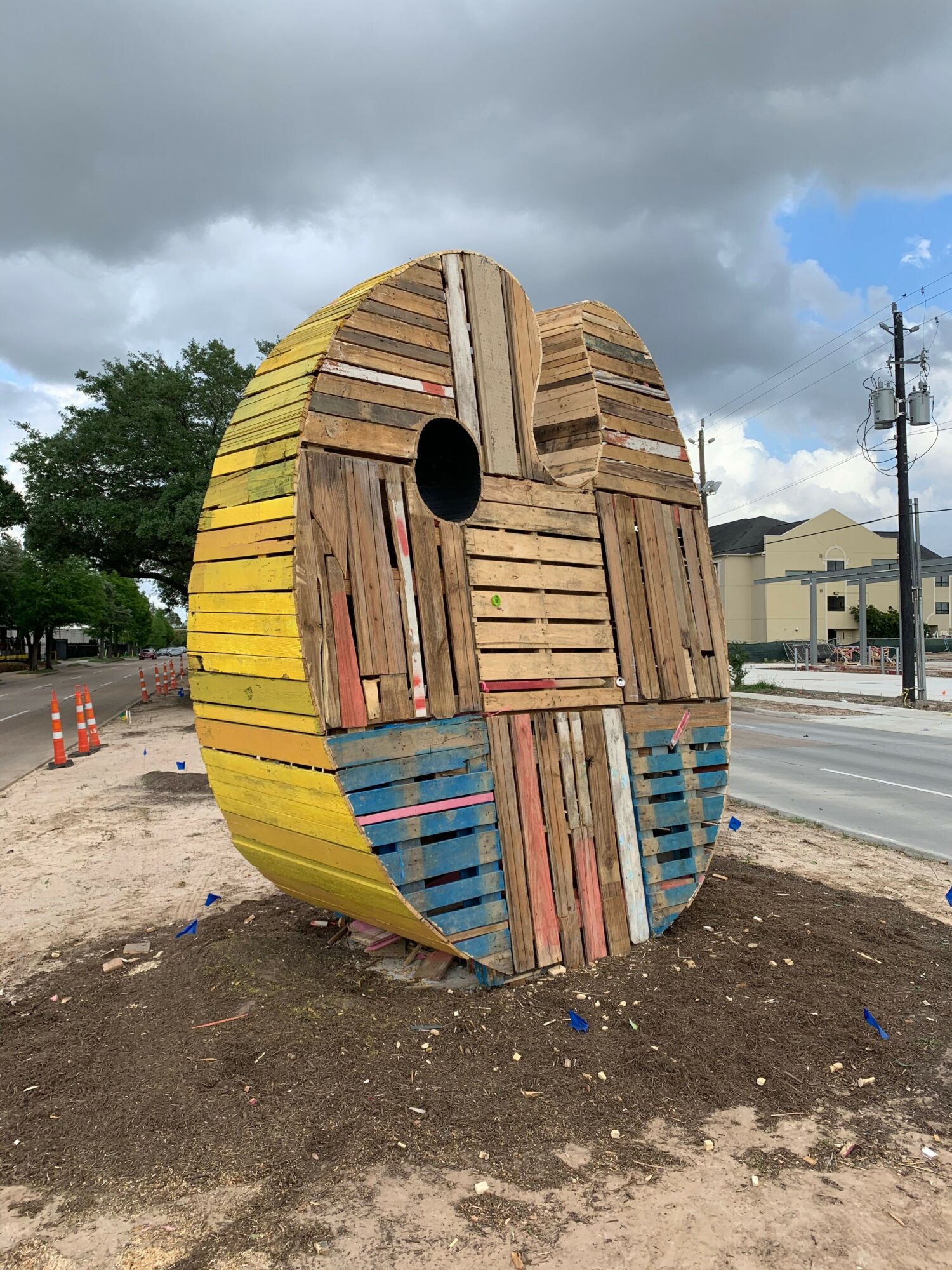
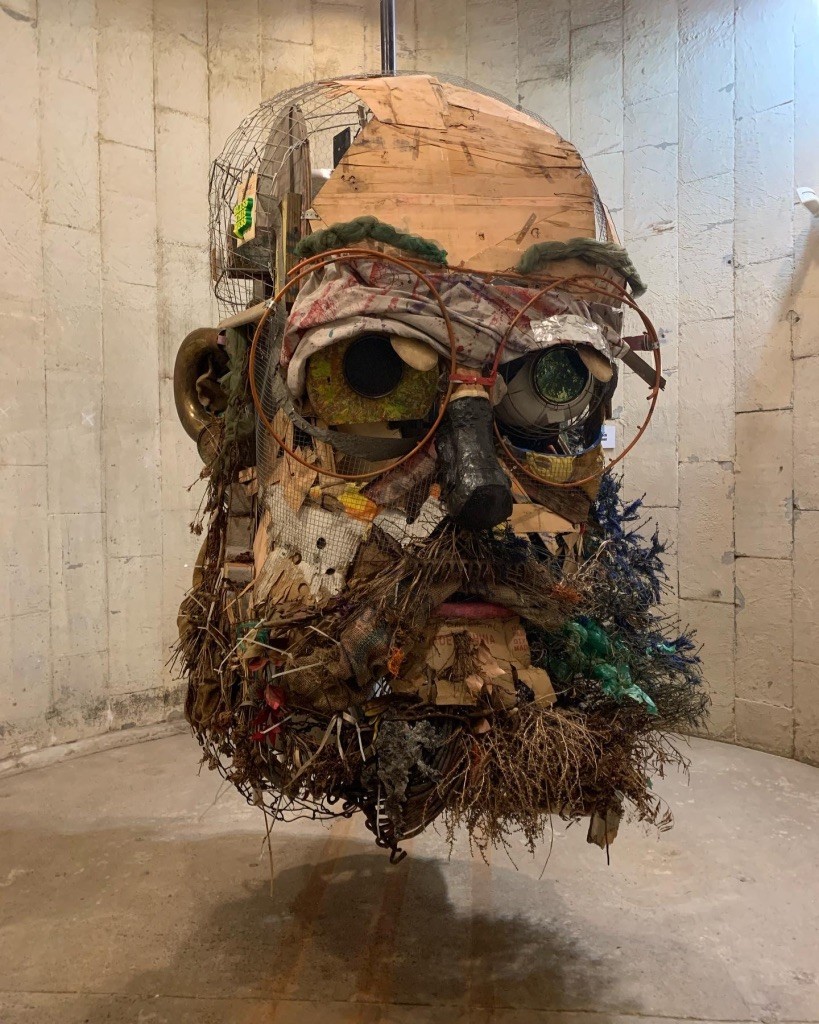
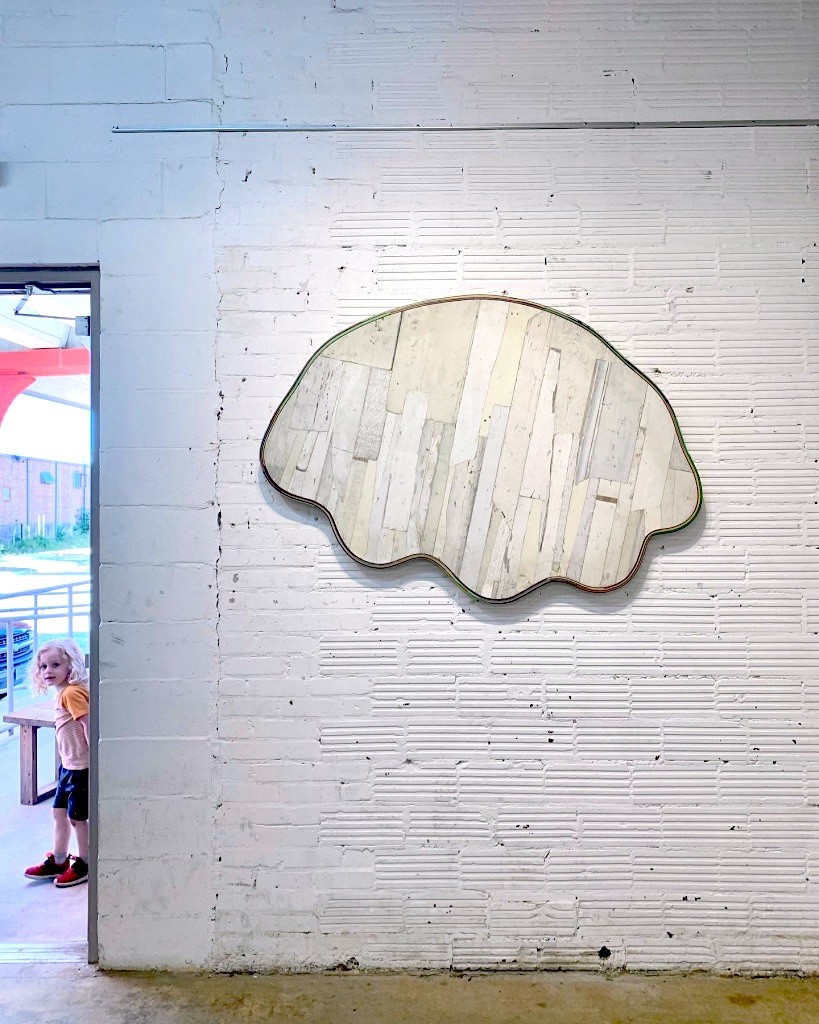
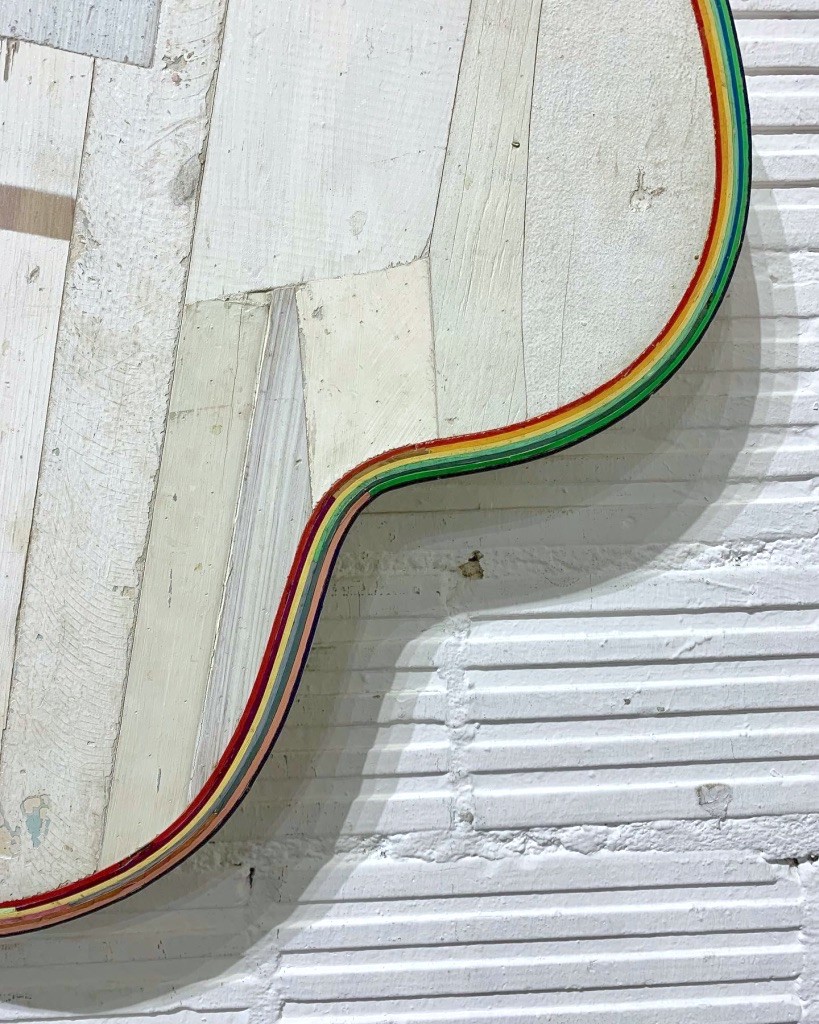
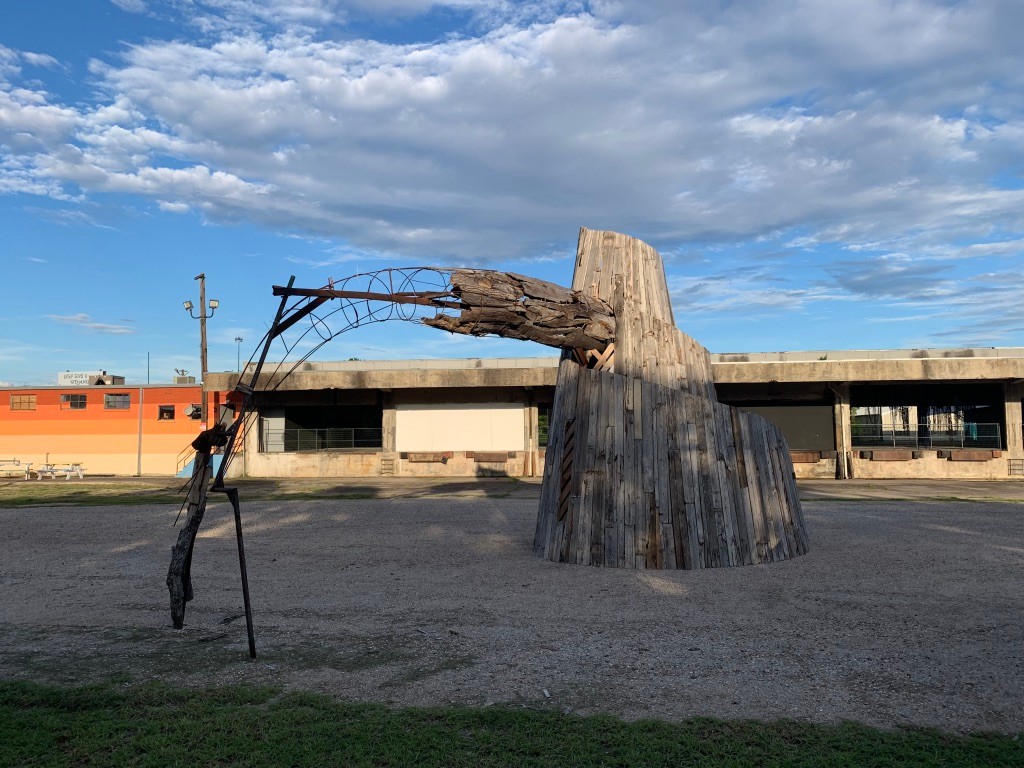
Image Credits
Ronald Jones
Mike Kirby


